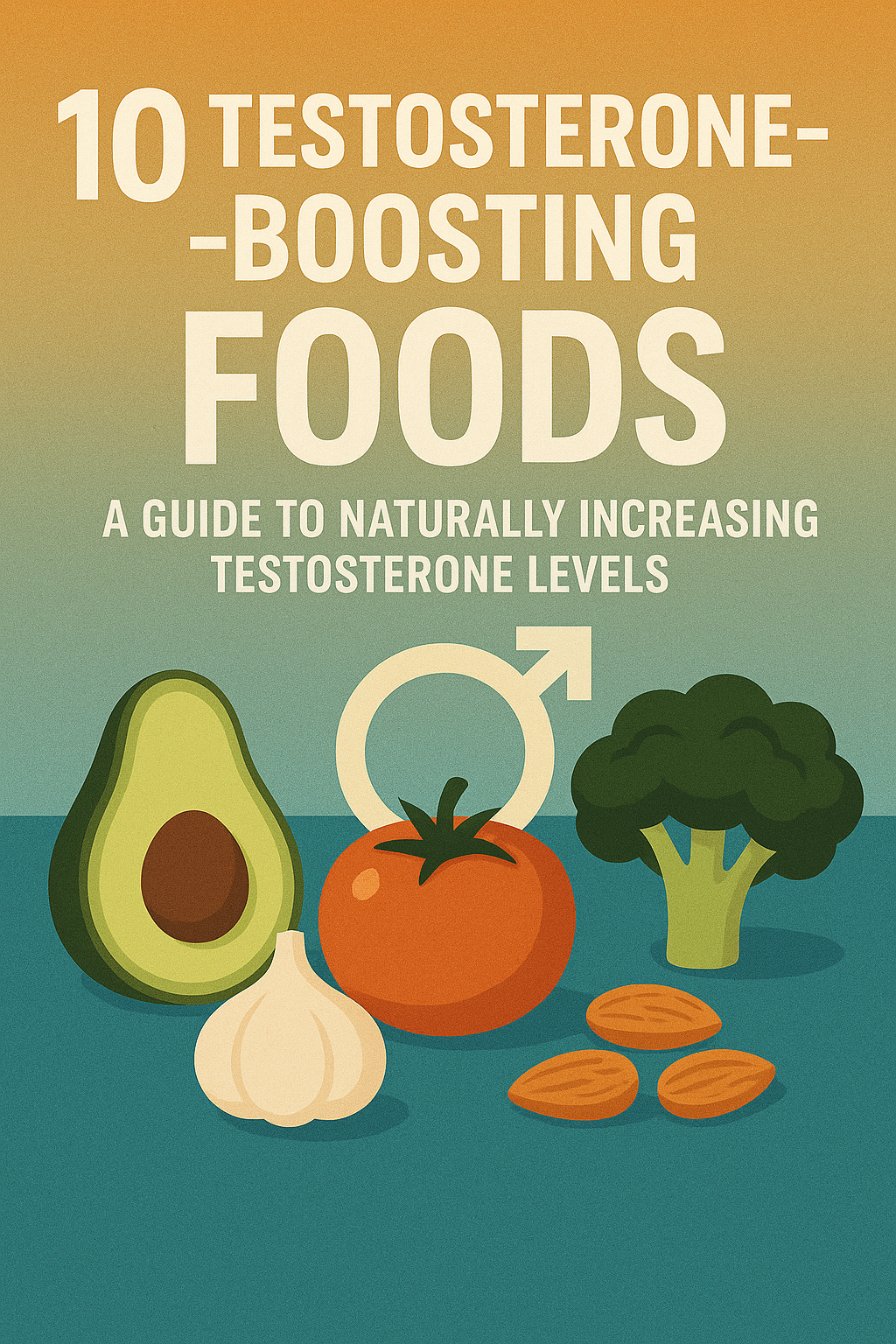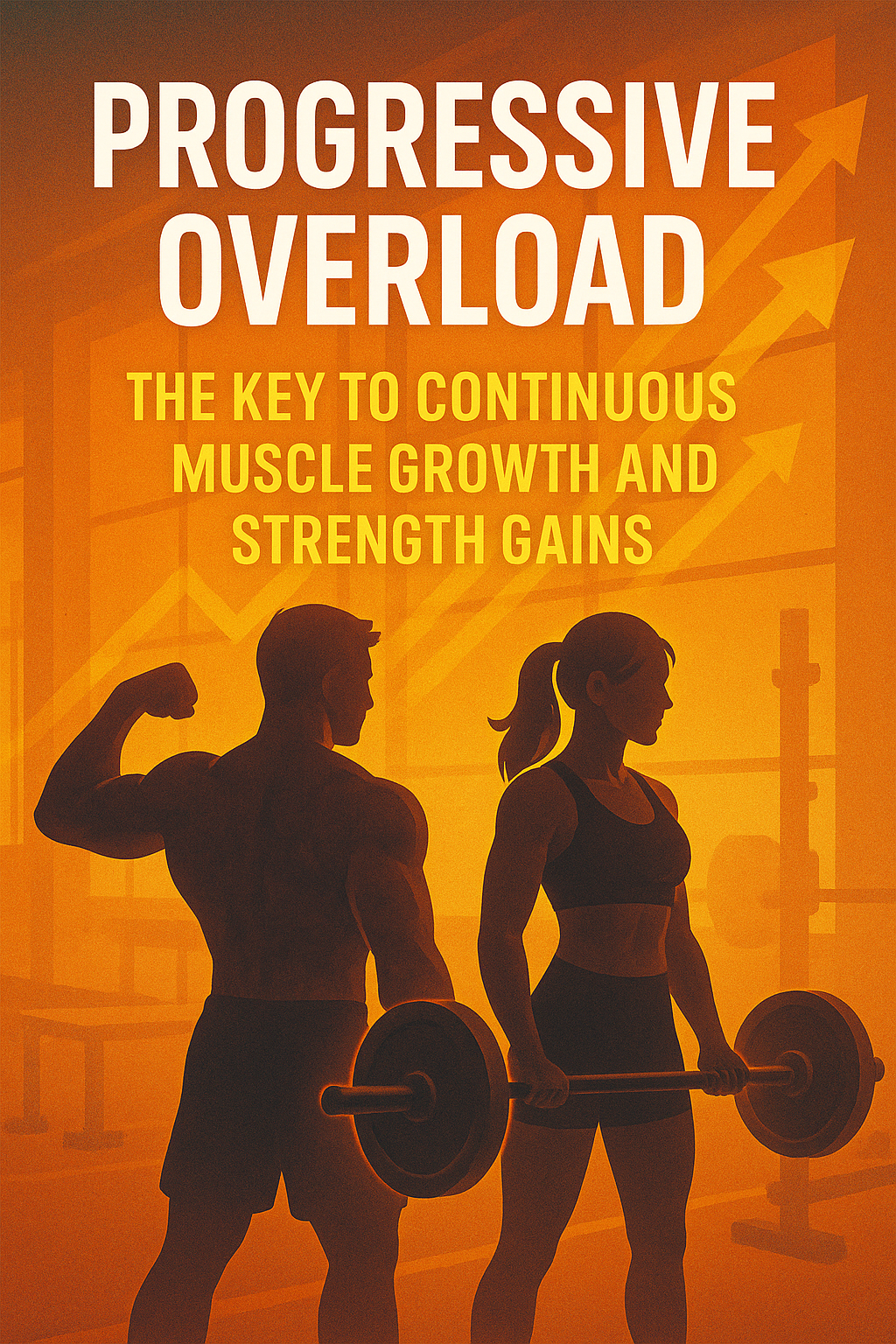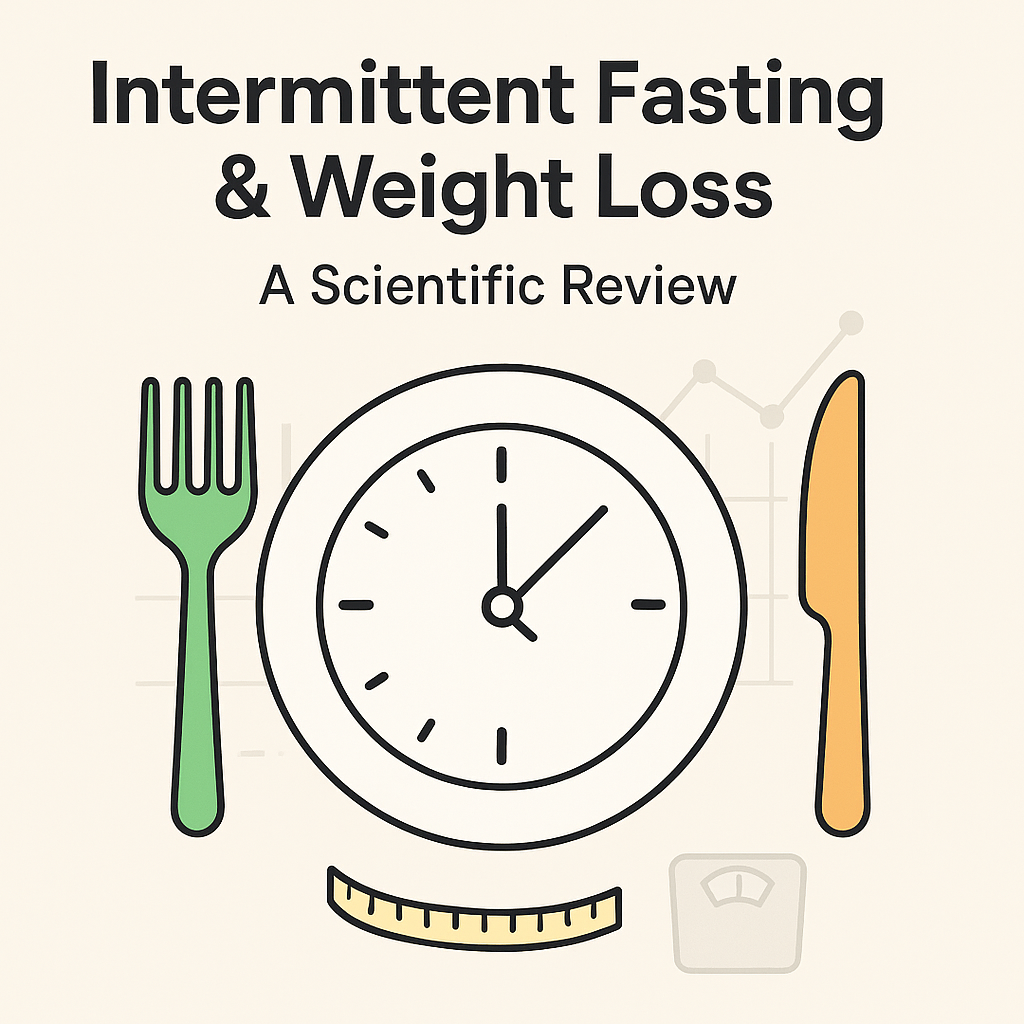Jan Koum, the co-founder and former CEO of WhatsApp, is a name that has become synonymous with innovation and success. However, Koum’s journey to the top was not an easy one. From growing up in poverty to becoming one of the most successful entrepreneurs in the world, Koum’s story is a testament to the power of hard work, determination, and perseverance.
Early Life and Struggles
Jan Koum was born in 1976 in Kiev, Ukraine, to a family of modest means. His parents were both struggling to make ends meet, and the family often relied on welfare to get by. Despite the financial struggles, Koum’s parents instilled in him a strong work ethic and a love for learning.
When Koum was 16, his family moved to the United States in search of a better life. However, the transition was not easy. Koum’s family struggled to make ends meet, and they often relied on food stamps to get by. Koum himself worked multiple jobs to help support his family, including cleaning grocery stores and sweeping floors.
Education and Early Career
Despite the financial struggles, Koum was determined to succeed. He attended San Jose State University, where he studied computer science. However, he dropped out of college in 1997 to pursue a career in technology.
Koum’s first job was as a security tester at Yahoo!, where he worked alongside Brian Acton, who would later become his co-founder at WhatsApp. However, Koum was fired from Yahoo! in 2000, a setback that could have derailed his career.
The Birth of WhatsApp
In 2009, Koum and Acton founded WhatsApp, a messaging app that would go on to revolutionize the way people communicate. The app was initially met with skepticism, but Koum and Acton persevered, convinced that their idea had merit.
WhatsApp’s early days were marked by struggle and hardship. Koum and Acton worked tirelessly to build the app, often going without pay and relying on their own savings to keep the company afloat.
Rise to Success
However, WhatsApp’s fortunes began to change in 2011, when the app started to gain traction. The app’s user base grew rapidly, and WhatsApp became one of the most popular messaging apps in the world.
In 2014, Facebook acquired WhatsApp for a staggering $19 billion, making Koum one of the richest men in the world. Koum’s net worth is estimated to be over $10 billion, a staggering amount considering his humble beginnings.
Lessons from Jan Koum’s Story
Jan Koum’s story is a testament to the power of hard work, determination, and perseverance. Here are some lessons that we can learn from his story:
- Never give up: Koum faced numerous setbacks and failures throughout his career, but he never gave up. He persevered, convinced that his ideas had merit.
- Be willing to take risks: Koum took a huge risk when he left Yahoo! to start WhatsApp. However, the risk paid off, and WhatsApp became one of the most successful messaging apps in the world.
- Stay focused: Koum stayed focused on his goals, even when things seemed impossible. He worked tirelessly to build WhatsApp, often going without pay and relying on his own savings to keep the company afloat.
- Believe in yourself: Koum believed in himself and his ideas, even when others did not. He had the confidence to pursue his dreams, and his confidence paid off.
Conclusion
Jan Koum’s story is a testament to the power of hard work, determination, and perseverance. From growing up in poverty to becoming one of the most successful entrepreneurs in the world, Koum’s journey is an inspiration to us all.
As we reflect on Koum’s story, we are reminded that success is not just about talent or luck; it is about hard work, determination, and perseverance. We are also reminded that anyone can achieve their dreams, regardless of their background or circumstances.
Frequently Asked Questions
Q: What is Jan Koum’s net worth?
A: Jan Koum’s net worth is estimated to be over $10 billion.
Q: What is WhatsApp, and how did it become so popular?
A: WhatsApp is a messaging app that was founded by Jan Koum and Brian Acton in 2009. The app became popular due to its simplicity, ease of use, and end-to-end encryption.
Q: What is the most important lesson that we can learn from Jan Koum’s story?
A: The most important lesson that we can learn from Jan Koum’s story is the importance of perseverance and determination. Despite facing numerous setbacks and failures, Koum never gave up on his dreams, and his perseverance paid off in the end.
Q: How did Jan Koum overcome the challenges




